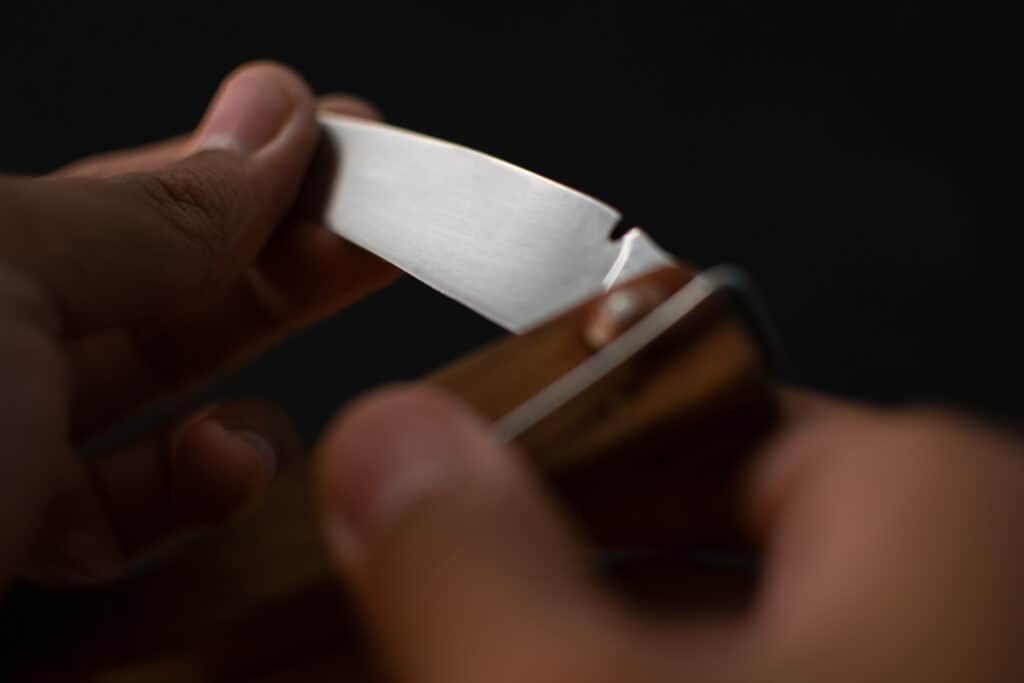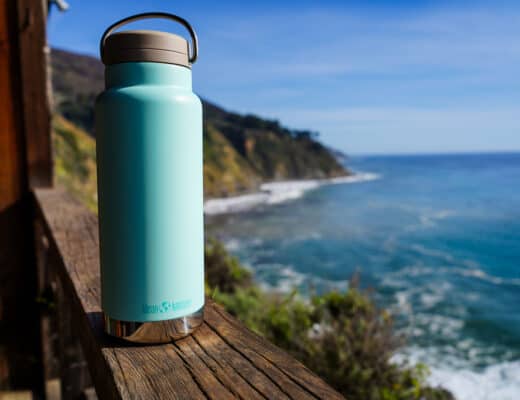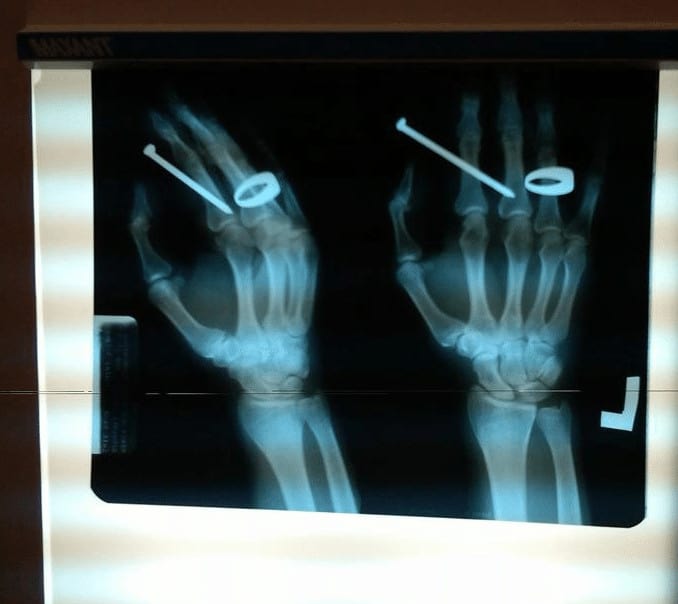With the right pocket knife, there is no limit to the number of tasks that can be completed with ease.
Whether it’s on-the-go first aid, repairing equipment, or just opening those stubborn plastic packaging, having a reliable tool handy can make life that much easier.
This guide will provide you with an authoritative overview of the importance of selecting the right steel for a pocketknife and what to consider before purchasing one, as well as details on different types of steel and their benefits and how to take care of your pocket knife.

Why having a pocket knife is important
Having a pocket knife is an essential tool for many activities. It can be used to open boxes, cut rope, trim wood and even perform basic first aid. In addition to its practical uses, it also provides peace of mind when faced with unexpected tasks or emergency situations.
A properly maintained pocket knife will last for years, making it a great investment in safety and convenience. Furthermore, owning a trustworthy pocket knife can provide one with the confidence that they are prepared for any situation they may face while outdoors or on the job.
Pocket knives are also useful as personal protection tools against potential attackers or wild animals in certain environments. When used correctly and safely, they can offer an effective means of self-defense without causing serious injury to anyone involved.
Additionally, having access to a sharp blade can help increase efficiency during everyday tasks such as cutting food items quickly and easily – something no other tool can do quite as well as a high-quality pocketknife! With all these benefits combined into one handy device, there’s no reason why everyone shouldn’t own one!
What to consider before purchasing a pocket knife
When looking to purchase a pocket knife, several factors need to be taken into consideration.
Firstly, one should consider the type of blade they will require for their intended use – whether it’s cutting rope or food items – and select a model with a suitable steel composition for that purpose. Secondly, it’s important to check if any additional features such as spring-assisted opening or safety locks are necessary – in order to prevent accidental injury or damage from occurring. Thirdly, one should assess the size and weight of the knife by testing it out in their hand before making a final decision; this will ensure maximum comfort when using the tool on an ongoing basis.
Lastly, one should research reviews and ratings online prior to purchasing to gain an understanding of how reliable various models are over time and what kind of customer service is offered by different manufacturers. By taking all these factors into account before making a purchase decision, buyers can rest assured that they have chosen a pocket knife that best suits their needs both now and in the future!
The different types of blade steel and their benefits
Stainless steel is one of the most popular types of steel used to craft pocket knives. This type of steel is highly resistant to corrosion, making it ideal for use in wet environments or when exposed to acidic substances. It also offers a degree of flexibility, allowing blades constructed from stainless steel to remain sharp for extended periods with minimal effort required for maintenance and upkeep. Furthermore, its high tensile strength makes it suitable for more demanding cutting tasks such as slicing rope or hard materials like plastic and wood. Some popular types of stainless steel used for pocket knife blades include 420HC, VG-10, and CPM S30V.
Carbon-based steels are another type commonly used by knife makers due to their ability to hold an edge longer than other metals without frequent sharpening being needed. As well as offering superior levels of hardness compared with stainless varieties, these variants are often easier on the budget due to their lower price point. Carbon-based steels can also be tempered at higher temperatures than other metals which allows them greater durability and resistance against wear over time; this makes them ideal choices if you need a tool that will last through even the toughest jobs! Some popular types of carbon steel used for pocket knife blades include 1095, 1084, and 1080.
Tool steel blades are made from iron, carbon, and other alloying elements, and they are designed for use in tools and machinery. They are known for their durability and ability to hold an edge, but they are also more difficult to sharpen than other types of steel. Some popular types of tool steel used for pocket knife blades include A2, D2, and O1.
High-carbon stainless steel blades are made from a combination of carbon steel and stainless steel, resulting in a blade that is sharp, hard, and corrosion-resistant. They are generally more expensive than other types of steel, but they offer a good balance of sharpness, durability, and corrosion resistance. Some popular types of high-carbon stainless steel used for pocket knife blades include 8Cr13MoV, 440C, and VG-10.
Ultimately, the best type of steel blade for a pocket knife depends on the intended use of the knife and the specific needs and preferences of the user. Carbon steel blades are great for those who want a very sharp and hard blade, but they require more maintenance to prevent rust and corrosion. Stainless steel blades are more durable and corrosion-resistant, but they are not as sharp or hard as carbon steel blades. Tool steel blades are extremely durable, but they are difficult to sharpen. High-carbon stainless steel blades offer a good balance of sharpness, durability, and corrosion resistance, but they are more expensive than other types of steel.
How to care for your pocket knife
In order to ensure that a pocket knife remains in optimal condition, it is important to give the tool proper care and maintenance. Firstly, one should always clean their blade after use with a cloth or brush dipped in warm soapy water; this will help remove any food particles or other debris which can cause corrosion if left on the surface for too long.
Secondly, it is advised to oil the blade at least once every few months using a household lubricant such as WD-40 – this will ensure that all working parts remain well lubricated and prevent rust from forming over time. Additionally, storing one’s pocket knife safely away from moisture when not in use is essential; investing in a protective sheath can help keep blades free of dirt and dust while keeping them secure when being transported between locations.
Furthermore, sharpening one’s pocket knife regularly – depending on how often it gets used – helps maintain its edge for longer periods of time without having to buy new blades frequently. This can be done simply by rubbing an appropriate sharpening stone against the blade back and forth until both sides are evenly honed; alternatively there are specialised tools such as honing rods available which allow users greater control over angles during sharpening sessions! Lastly, inspecting knives carefully before each use allows individuals to identify potential issues early on which may require professional attention before they become more serious down the line – thus preventing future problems altogether!
Having a pocket knife is a useful and practical tool for many tasks. When selecting one, the type of steel to use for the blade should be considered in terms of its resilience and corrosion resistance. Additionally, it’s important to get familiar with how to handle your pocket knife safely and properly clean it by wiping off any wetness or dirt as well as storing it away when not in use. Ultimately, having a pocket knife realized its potential through proper selection, usage and care.



